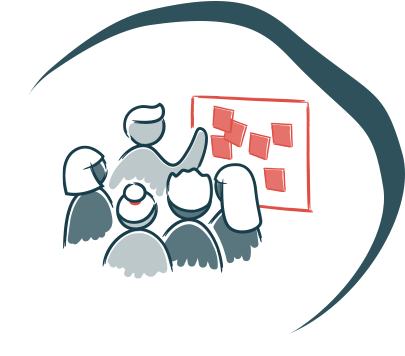Storytelling has been used as a tool to communicate lessons in life for nearly as long as humans could speak. Homer’s Odyssey, for example, existed as oral poetry before it was ever written down, and was passed between groups literally through word of mouth – people are known to have memorised all 12,110 lines!
Stories are far more memorable than information we might read in textbooks, and have a knack of keeping learners hooked. This is because they tap into certain areas of the brain that make us feel empathy for the characters, which in turn and means we are able to recall the information more easily. Effective storytelling embeds learning objectives within a context, providing learners with a framework of reference when they’re trying to remember a piece of information.
There are many ways to tell a story. Branching scenarios, for example, fully involve the learner without allowing them to simply become an idle passenger. Another possibility is to punctuate the story with personalised questions to gauge learner understanding. Unlike a branching scenario, the learner doesn’t have to choose a particular path with this approach – they simply receive feedback on whether they were correct or not, before moving along the same trajectory. Poetic techniques, such as including rhyming couplets can be great aide to memory, and add a jovial sense to the learning process.
Active Red Mirror research underpins the stories in our eLearning. We understand that tales based on truth are more effective because they will be perceived as being more believable and realistic…because they are.

